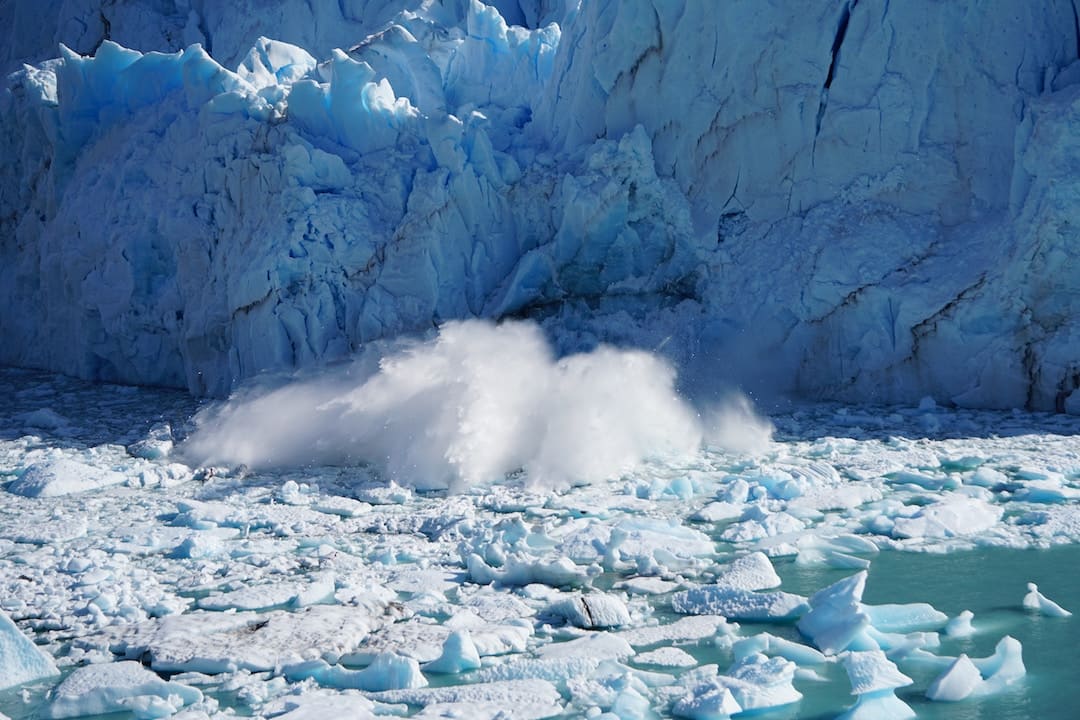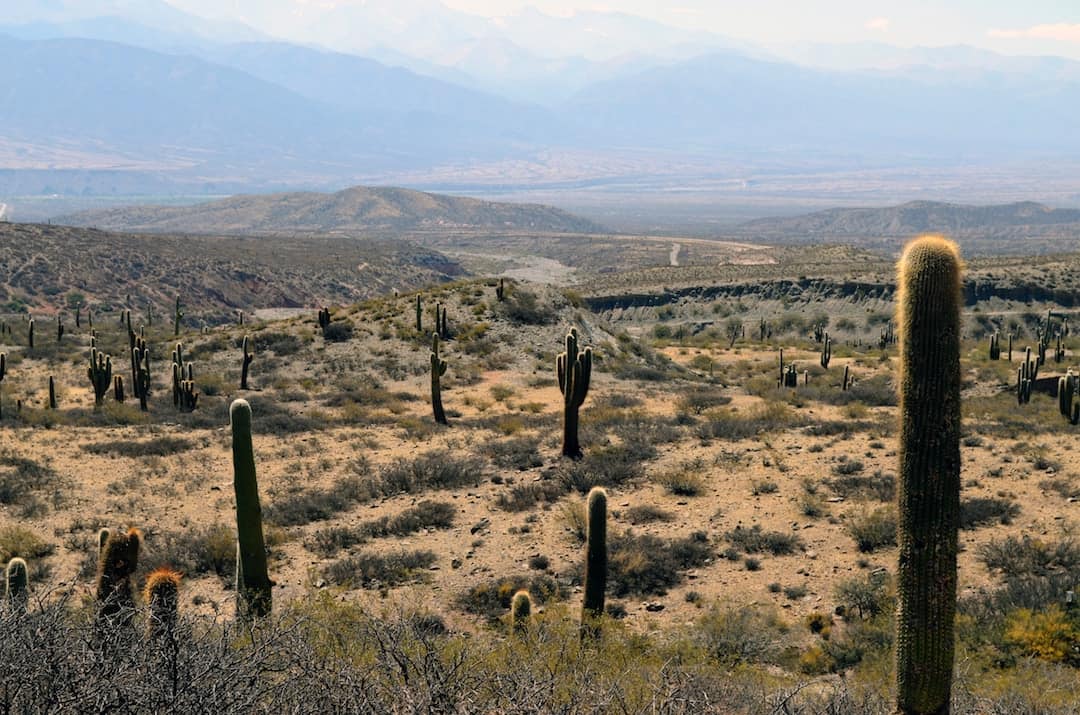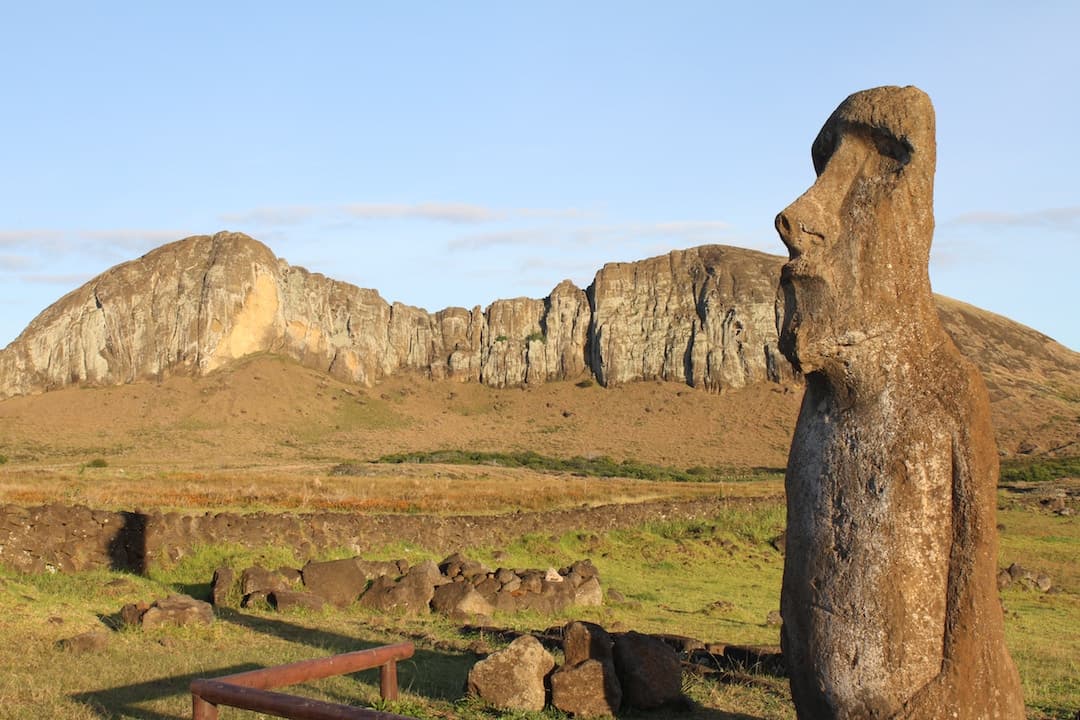Planning the South American experience of a lifetime? With so much to see, deciding where to go can be a real challenge. Argentina and Chile are traveller favourites for a reason – they both offer incredible scenery, vibrant cities and delicious local cuisine.
But which country should you visit? We’re taking a closer look at these two amazing destinations so you can decide which is right for your next touring adventure.

Argentina
Enormous Argentina is the largest Spanish-speaking nation in the world. Capital Buenos Aires is a cultural powerhouse known for its tango and Spanish-European architecture, while the country’s vast landscapes are hugely diverse.
Argentina is home to everything from subtropical rainforests to harsh deserts and snowy peaks, making it a must-see destination for visitors from around the world.

| Argentina | Chile | |
| Area | 2.78 million km² | 756,102 km² |
| Population | 43.85 million | 17.91 million |
| Currency | Argentinian Peso | Chilean Peso |
| Capital | Buenos Aires | Santiago |
When to go to Argentina
- Argentina can be visited year-round, but if you’ll be spending most of your time in one region, make sure the weather there will be at its best. For example, in summer (December – February) you’ll be able to access some of the higher peaks of the Andes, but other parts of the country can get very humid.
- If you’re keen to ski, winter (July – August) might be your best bet – but fewer attractions might be open elsewhere. Try a visit in spring (September – November) for weather that’s generally fairly mild.

Getting around Argentina
Domestic travel in Argentina can be time-consuming thanks to the country’s sheer size. Internal flights are the quickest way from A to B, but if you’ve got a little more time to spare, you can take advantage of the nation’s bus network.
Overnight coaches are comfortable and moderately priced, but Argentina’s rail system can be somewhat hit and miss. Consider renting a car and driving yourself, or join a tour and relax as someone else handles it!
What to eat in Argentina
- Carnivores rejoice! Argentinian cuisine is all about the asado (barbecue), the perfect way to feast on a variety of sausages and grilled meats with tasty chimichurri sauce. If you’re fond of steak, you’re in luck – the country’s beef is world famous.
- Make sure you try iconic dishes like empanadas and pizza-like fugazza to see for yourself why Argentinian cuisine is known for its Mediterranean influences.
- When it’s time for something sweet, you can’t go past dulce de leche, a delicious caramel spread beloved by locals!
Highlights
Córdoba
Located right in the centre of the country, Argentina’s second-largest city is often overlooked by travellers – but it shouldn’t be! Córdoba is bursting with history and arts. Enjoy some toe-tapping cuarteto music, then unleash your inner gaucho at the traditional ranches of nearby Sierras Chicas.
Mendoza
A sun-drenched city is known for its Malbec wine, Mendoza boasts a relaxed atmosphere and food and drink that’s second to none. Enjoy the café and restaurant scene in the city heart, or venture into the wine regions of Uco Valley, Lujan de Cuyo, and Maipu for a vineyard experience.
Argentinian Patagonia
The famous Patagonian wilderness spans both Argentina and Chile. The Argentinian part of the region is far larger and features windswept steppes and deserts. A highlight is the Los Glaciares National Park – a UNESCO World Heritage site that’s home to 47 glaciers including the enormous Perito Merino.

Salta and Jujuy
These two provinces in the country’s northwest give visitors a taste of pre-Colombian indigenous culture. Discover the area’s magnificent scenery and charming towns, get outdoors for some mountain trekking in the Andes or simply take in Salta city’s colonial architecture.

Chile
Long, slender Chile is positioned on the western side of South America. Its impressive Pacific Ocean coastline stretches the length of the country, offering endless beaches, dramatic wilderness and even rugged fjords. Nature lovers and adventure travellers flock to experience its diverse wildlife and pristine landscapes as well as its welcoming towns and cities.
When to go to Chile
- Like its neighbour Argentina, much of Chile can be visited at any time of the year, but remember that as the narrow country stretches over a number of latitudes, weather conditions may be very different at opposite ends of the nation. Chilean Patagonia is most accessible from October to March.
- The middle part of the country (including capital Santiago) is particularly pleasant in summer (December – March) – and with local residents out of town on vacations of their own, you’ll have room to move!
Getting around Chile
Even Chile’s most remote areas are fairly well connected by domestic flights, but the country’s ribbon-like shape means that routes may involve several stops. Inter-city coaches or car rental are good options, although prices can vary, or you can catch passenger rail between major cities.
You can expect a mix of reliable transportation options if you’re travelling as part of a tour.
What to eat in Chile
Chilean cuisine shares some similarities with that of its neighbour – empanadas and asado are found on both sides of the border – as well as having its own unique specialities.
- Tuck into a hearty Chilean cazuela (stew)
- Enjoy fresh seafood including locos (abalone) and centolla (king crab)
- Feast on pastel de choclo (corn and meat casserole).
Make sure you try the country’s excellent wine or make a toast with a South American cocktail favorite, the pisco sour!
Highlights
Easter Island (Rapa Nui)
This remote island is difficult to reach, but it’s worth the effort. A Chilean territory on the edge of Polynesia, Easter Island is famous for its ancient statues and was named a UNESCO World Heritage Site in 1995.

Valparaíso
Chile’s second-largest city is home to the country’s main port. It’s known for its street art, bohemian vibe and colonial charm. A hilly city, Valparaíso has no less than 16 funicular railways!
They’re a great way to catch a glimpse of some stunning ocean views.

Isla Magdalena
If you’re fond of penguins – or wildlife in general – you won’t want to miss Isla Magdalena. The small island is a vital breeding ground for Magellanic penguins. Aim to visit between September and March to see up to 120,000 nesting penguins!
Torres del Paine
This national park provides a breathtaking taste of Chilean Patagonia. Home to glaciers, steppes and forests, the region is popular for trekking.
To keep the park from getting overcrowded, campsite access is restricted to those who register in advance – so make sure you plan ahead.

Phrases and Words
Argentina
- Hola
- Hello
- ¿Qué tal?
- What’s up?
- Hasta luego
- See you later
- Gracias
- Thank you
- ¿Y vos?
- And you?
Chile
- El copete
- A drink
- Carrete
- Party
- Cuico
- Snobby
- El taco
- Traffic jam
- El pucho
- Cigarette
Which destination has captured your imagination? Let us know where you’ll be touring next in the comments!

